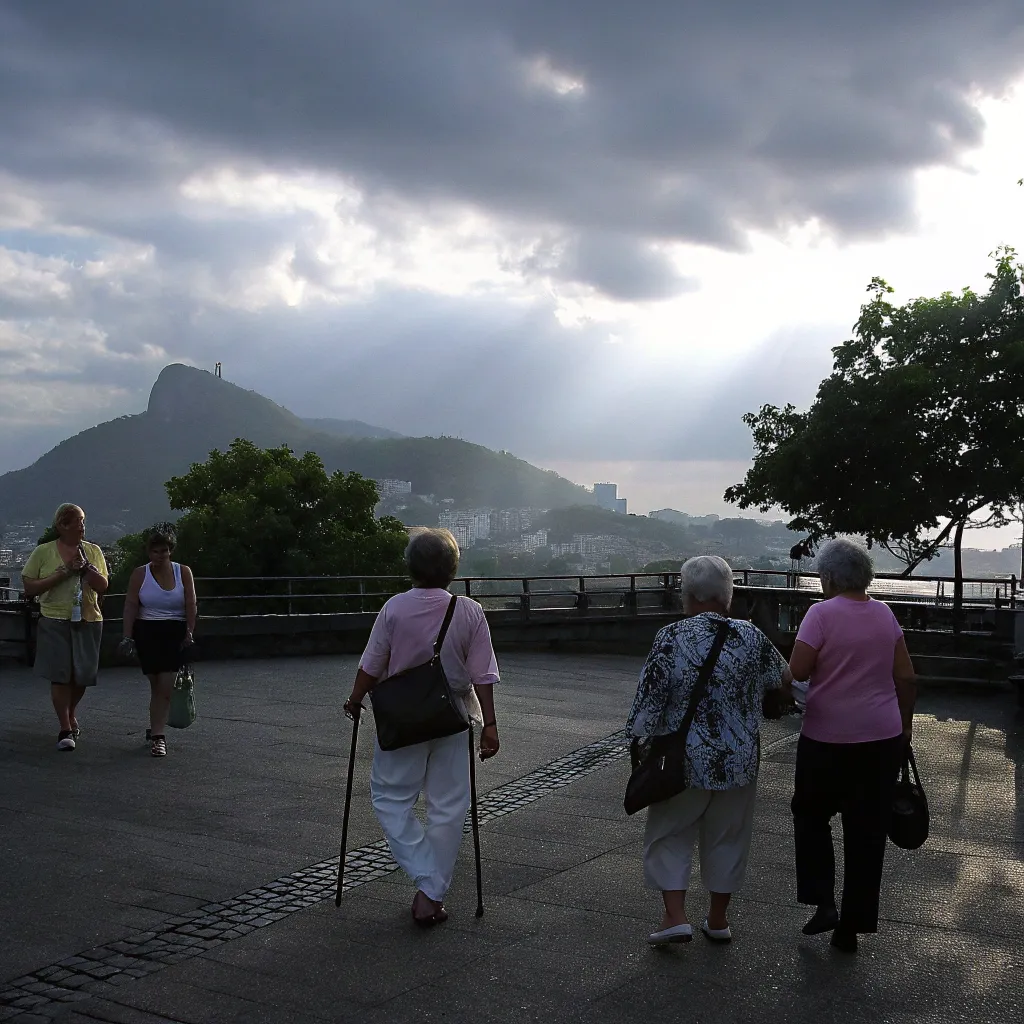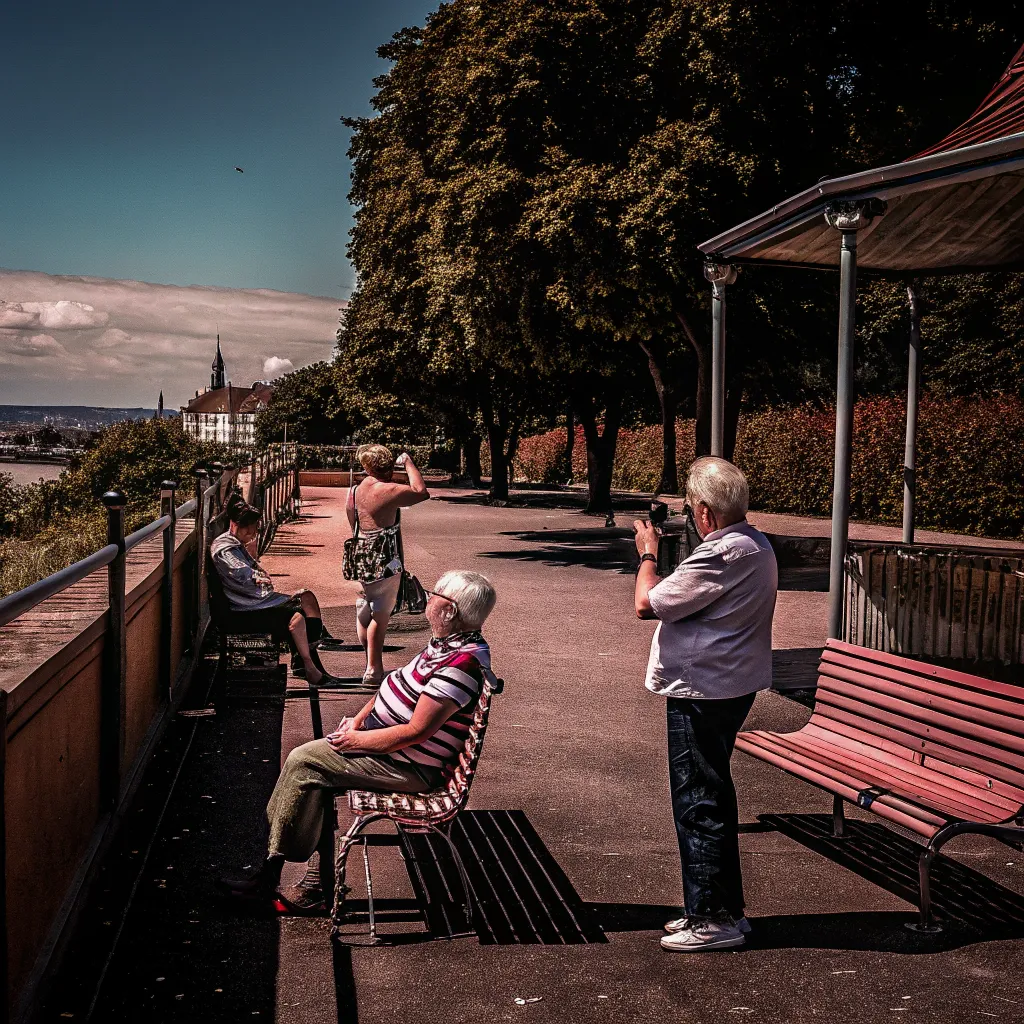Planning travel experiences that balance adventure with comfort becomes increasingly important as we age. Senior travelers often seek meaningful experiences without compromising on convenience and accessibility. Custom itineraries specifically designed for older adults can transform what might seem like challenging destinations into accessible and enriching journeys.
Understanding Senior Travel Needs
When crafting custom itineraries for seniors, several key considerations come into play. According to travel specialists at Peru Explorer, who organize tailored Machu Picchu tours for elderly singles, the most successful trips carefully balance activity levels with adequate rest periods. They note that "understanding altitude effects and mobility requirements makes all the difference between an exhausting ordeal and a life-changing experience."
Senior-friendly travel isn't about eliminating adventure—it's about thoughtful planning that addresses specific needs:
- Slower-paced itineraries with built-in rest days
- Accessible accommodation with minimal stairs or long walks
- Transportation options that minimize physical strain
- Proximity to medical facilities when possible
- Smaller group sizes for more personalized attention

Carlos, a local guide from The Sacred Valley in Peru, shared with travel blogger And Then I Met Yoko: "My older travelers often appreciate our cultural experiences more deeply than younger visitors. They connect with local communities in meaningful ways, but need itineraries that respect their physical limitations."
Destination Selection: Adventure Without Exhaustion
Some destinations naturally lend themselves to senior-friendly exploration. Peru, surprisingly, has become increasingly accessible to older travelers despite its mountainous terrain.
"My 2-week Peru itinerary covered all the highlights while building in acclimatization time," writes And Then I Met Yoko. "From meeting mountain communities to exploring Machu Picchu, the key was pacing—giving enough time in each location to adjust and truly experience the place."
When selecting destinations for senior travelers, consider:
Accessibility Factors
The infrastructure varies dramatically between destinations. Seattle, for instance, offers excellent public transportation and accessibility features, making it ideal for solo senior travelers. As Travel Bug Tonic explains in their Seattle guide, "Creating a personalized itinerary means evaluating walking distances, transportation options, and accommodation locations to minimize exhaustion."
Climate Considerations
Extreme temperatures and high humidity can create challenges for older travelers. When planning custom itineraries, seasonal timing becomes crucial. Peru Explorer recommends visiting Machu Picchu during May-June or September-October when weather is mild and crowds are thinner.
How Do You Balance Activity with Rest in Senior Itineraries?
The most successful senior travel itineraries incorporate a thoughtful rhythm of activity and recovery. Rather than packing each day with attractions, consider an alternating pattern:
- Active morning followed by relaxed afternoon
- Full activity day followed by a rest/leisure day
- Short excursions with plenty of seated experiences
One effective approach is the "home base" method, where travelers stay in one comfortable accommodation for several nights while taking manageable day trips. This eliminates the fatigue of frequent packing and hotel changes.
Personalization: The Key to Meaningful Travel
What truly elevates a senior travel experience is personalization based on individual interests and capabilities. Purdue University's prospective student program demonstrates this principle well—they create full-day campus experiences that can be customized to participant needs, allowing visitors to "meet students, explore campus, enjoy dining halls, and learn" at a comfortable pace.
Travel specialist Peru Explorer emphasizes their "comfortable and personalized itinerary" service specifically for elderly singles visiting Machu Picchu. This approach recognizes that senior travelers aren't a monolithic group—they have diverse interests, mobility levels, and travel preferences.
Whether it's arranging private transportation, securing rooms closer to elevators, or scheduling activities during optimal times of day, these thoughtful details transform a standard itinerary into a truly custom experience where comfort seamlessly meets exploration.
When planned with care and attention to individual needs, custom itineraries for seniors can open up a world of possibilities—proving that meaningful adventure has no age limit.






